Thanks to Robert, we have a series of high-resolution scans showing cutaway diagrams of a bunch of the major bolt-action systems. Very cool to look at – thanks Robert!
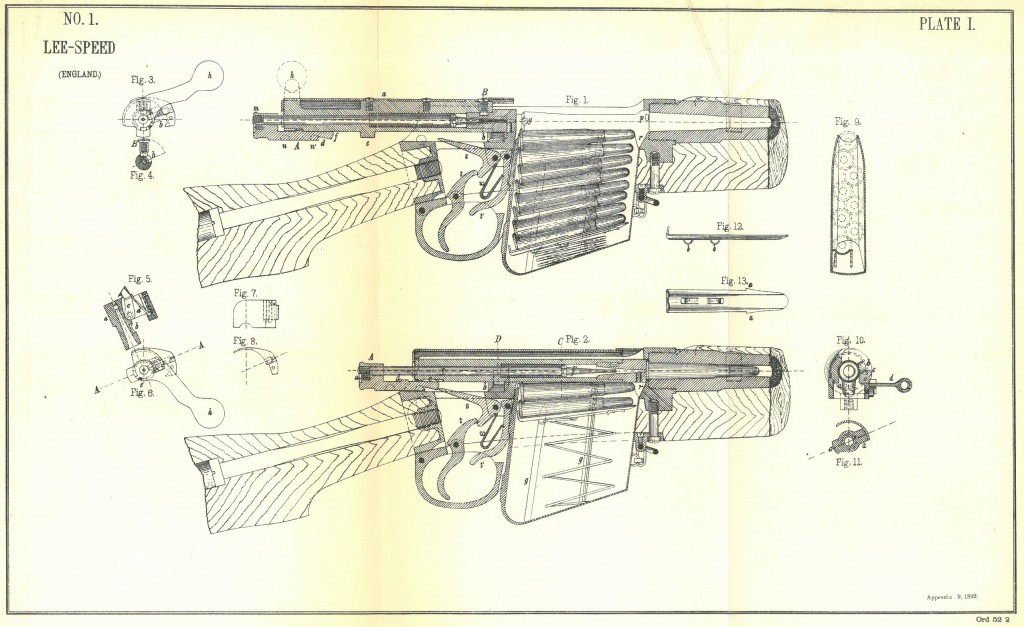
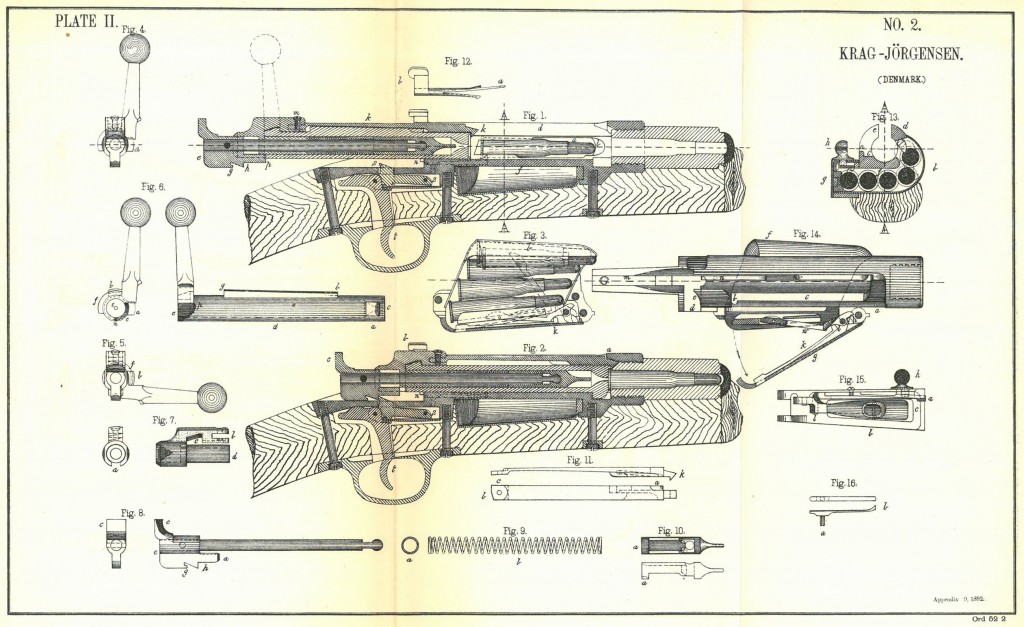
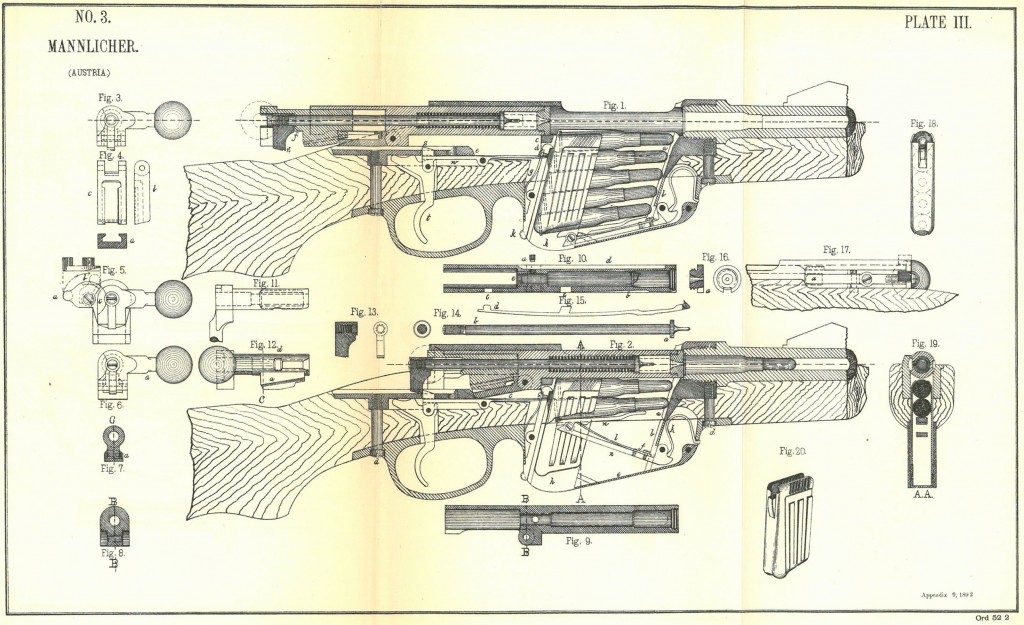
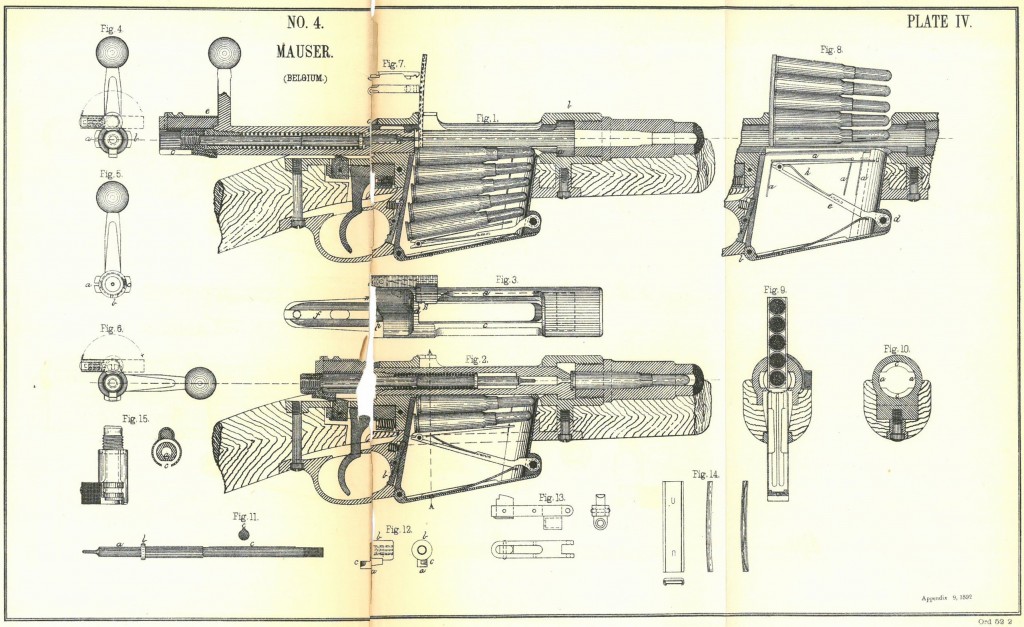
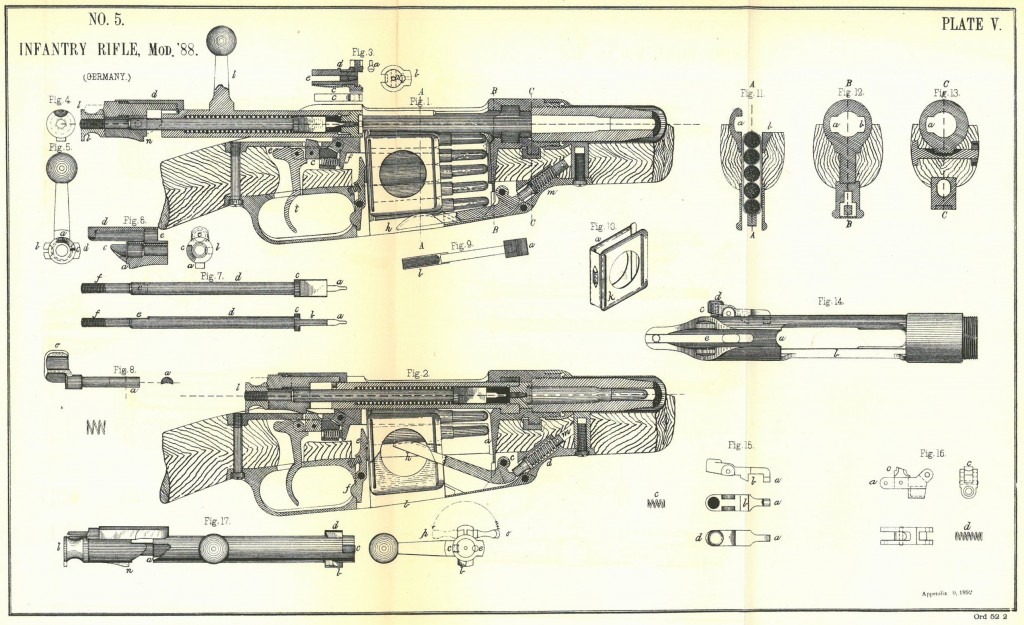
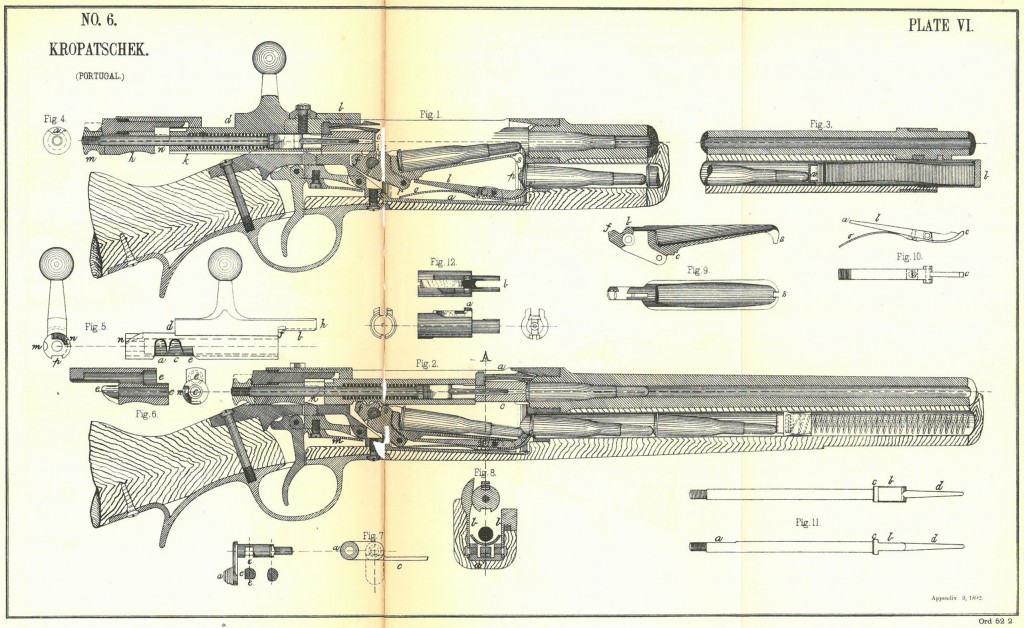
Thanks to Robert, we have a series of high-resolution scans showing cutaway diagrams of a bunch of the major bolt-action systems. Very cool to look at – thanks Robert!






© 2025 Forgotten Weapons.
Site developed by Cardinal Acres Web Development.
Interesting thanks for posting it
Interesting information, and great drawings.
That Manlicker (chuckle…) is not the widespread M95, but it features tilting breech brace. It looks very slick and I do not recall seeing it before. Does anyone know model number and its history? Thanks for posting these comprehensive tables. They are clear to see and all appear to be in scale to each other.
I just added details to the caption – it’s the M1886/88/90 design. I have an 88/90 rifle with some Spanish Civil War provenance that I haven’t had a chance to do a video on yet.
Actually, ifit is an 8 mm rifle, as the drawing shows and has a tilting-block two-stroke bolt, it’s got to be a Gewehr M.88 – as the Gewehr M.86 was identical, but in 11 mm x 58R, and the Extra-Corps-Gewehr M.90 was the first Mannlicher’s two-stroke turnbolt, a short-barrelled predecessor of the M.95, introduced for the Austro-Hungarian uniformed police force, the Gendarmerie.
You forgot the Gewehr M.90
Very nice, thank you!
Let’s hope we find more about it. Actually this idea is very good, it tickled my mind for long time.
Here is video of man shooting it. Is this semi-smokeless round (8x50R) – it looks to me that way. Also of interest is that he takes extra precaution that just shot bullet left the bore. That seem to indicate vintage ammo use. looks like expertly way how to to it.
http://www.youtube.com/watch?v=tjbUYf5FY3k
Thank you Robert! Very cool
Very nice!!
Thank you!
Steve
If you enjoy these drawing you should download “Вооружение русской армии за XIX столетие” even if you don’t know Russian language do:
1.enter: http://historypistols.ru/blog/literatura-ob-oruzhii/vooruzhenie-russkoj-armii-za-xix-stoletie-s-atlasom-chertezhej-v-g-fedorov/
2.scroll to bottom and click deposit-files icon
3.download
4.unrar and open “AtlasVoorRusArmi19VekFedorov.pdf” (the other pdf is a full description of these drawing) and see 19 century Russian firearms.
From these source I know that “.44S&W Russian=first inside lubricated bullet” is a lie (see page 28 of mentioned pdf – Krnka rifle* adopted in 1867 has cartridge with inside lubricated bullet as seen on cross-section of round, moreover note the British .450 Boxer Mk. I cartridge for revolvers from 1868)
*outside the Russia it is better known as a “Russian Krnka” rifle. It was designed by Sylvester Krnka the father of Karel Krnka (designer of Austrian Roth-Steyr 1907 pistol)
I’ll make you a deal! You download it and post for all to see and I’ll send you $10 for the trouble through Paypal.
I would like to see it all, but have no clue how to translate Russian on the fly to get from here to there?
Direct link to depositfiles page: http://dfiles.eu/files/gg7b01m0o
I hope it is working.
Very nice thank you!
Thank you very much. I’ve never seen a good, readable diagram of the Danish Krag before.
Just FMI, does anyone know exactly what differences there were between the Portuguese Kropatschek shown here and the French version?
cheers
eon
Well, regarding the differences between the French and the Portuguese Kropatschek versions, the former were actually two, the Modèle 1878 Marine, used by the French marines, of which a total of 25,000 were ordered in Austria, and the Modèle 1884 and its slightly improved variant, the Modèle 1885, also built on French order by an Austrian firm – you will find some nice photos here: http://www.tircollection.com/t7319-kropatschek-mle-1878-marinethe; the French rifles fired the 11mm Gras round, while the Portuguese m/1886 fired a transitional, 1st generation small-bore cartridge, the 8x60R Kroptaschek M/1885 (it was actually designed for the Portuguese Guedes M/1885 single-shot breechloading rifle afaik), actually the first small-bore military rifle cartridge but not smokeless yet as it was still loaded with black powder. It was later developed by the Portuguese into a new smokeless round, the 8x56R Kropatschek (not identical nor interchangeable with the much later Hungarian 8x56R, a derivative of the KuK 8x50R).
Thank you very much!
cheers
eon
You are welcome!
Cheers,
R.
Btw, the Portuguese were so fond of their Kropatschek rifles and carbines (and in desperate need of more rifles in .303 at the time) that they even considered converting a large bunch to .303 by the end of the 1920s/early 1930s. Don’t ask me for the rationale of it, but this was seriously considered!
All,
Thank you for the kind comments. I’m glad everyone is enjoying these as much as I do.
Cheers,
Robert C
Robert, thanks for your time to do this. I always enjoy hi-res scans like this and eventually will print them out on nice paper and frame them. Where did you find them? They appear to be out of a turn-of-the-century book.
Poshboy,
I bought these from a second hand art dealer about 8 years ago. Honestly I have no idea what book they came from originally. In the lower right hand corner they are dated 1892.
Cheers, Robert